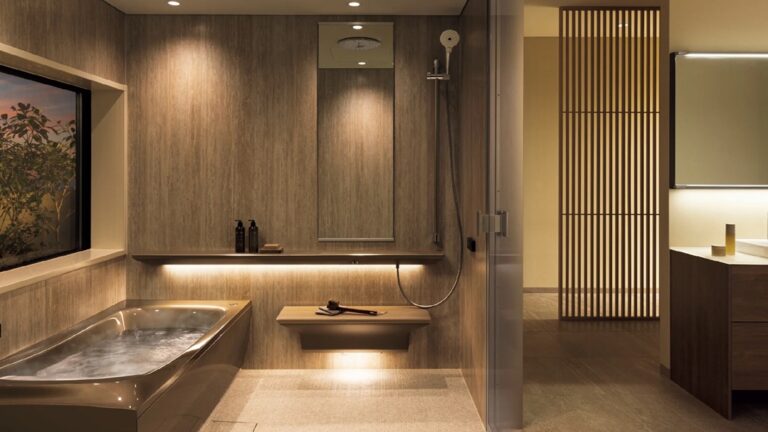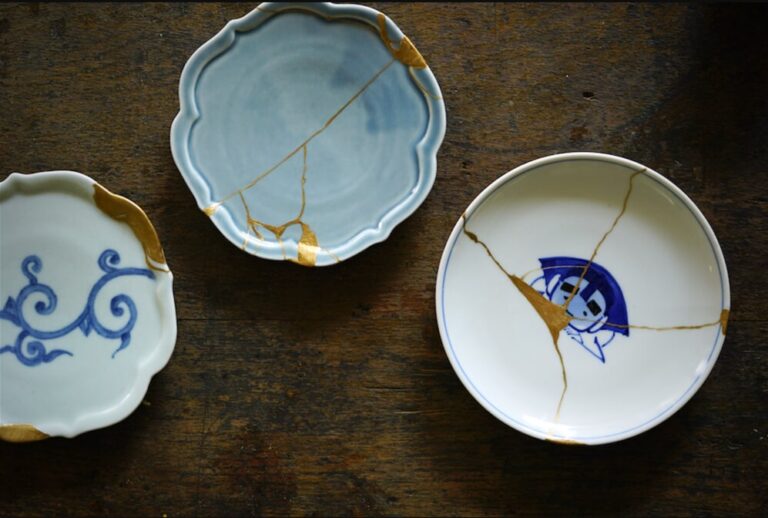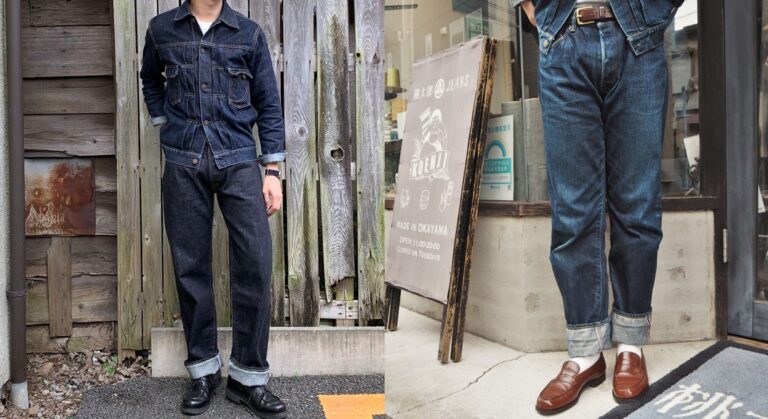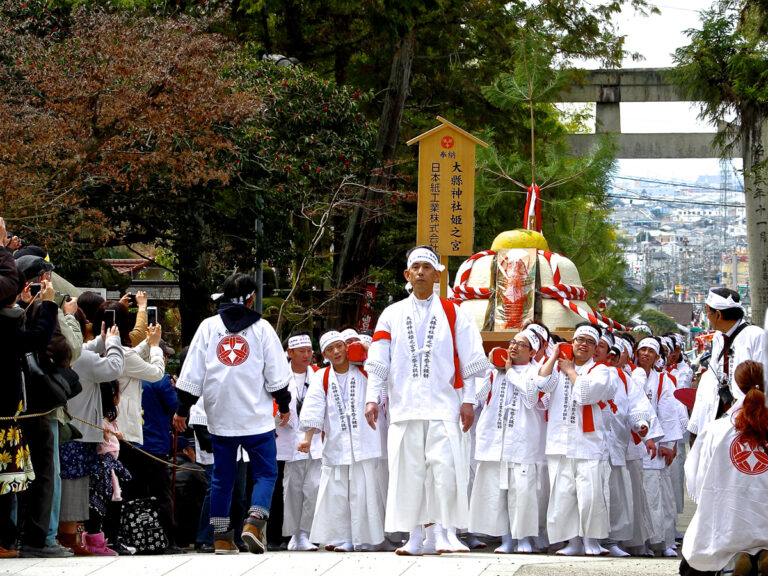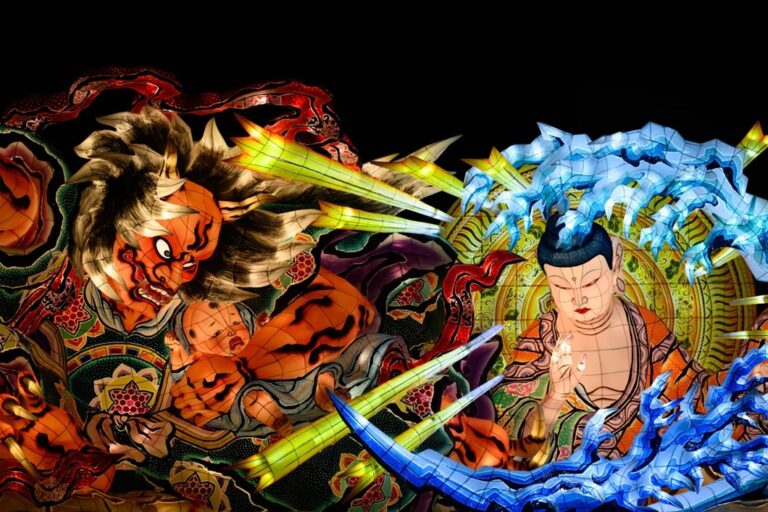The Bamboo Craft You Never Knew – Quiet Strength Woven into Japanese Life and Luxury
A Material of Astonishing Potential
Bamboo is one of the most remarkable natural materials found in Japan. It’s lightweight, flexible, and incredibly strong. Among its many types, moso bamboo is especially known for its rapid growth—it can grow over 1 meter in a single day, and within a few months, reach heights of up to 25 meters. Once it sprouts, it doesn’t thicken but instead hardens and strengthens through the expansion of its fibers. In other words, bamboo becomes a wood-like material with tensile strength and structural stability in a fraction of the time it takes trees.
Its sustainability, regenerative speed, and ease of use have made it a cornerstone of Japanese life for centuries—from the most ordinary of tools to architectural components.
Everyday Tools, Architectural Frames
In daily life, bamboo has been crafted into baskets, strainers, chopsticks, tea scoops, tea whisks, and even wrappers for rice balls. Its quiet functionality has supported homes, kitchens, and rituals for generations.

But beyond small items, bamboo has also served as a construction material. Traditional bamboo fences, known as takegaki, provide ventilation, shade, and subtle beauty in gardens. Bamboo has even been used as the skeletal framework for bridges and roofs, showing its architectural reliability and spatial elegance.
When Luxury Meets Craft: Bamboo in High Fashion
The beauty and resilience of bamboo have caught the attention of global luxury houses.

Tiffany & Co., for instance, has collaborated with master craftsman Takesei Watanabe, a specialist in ajiro (fine diagonal weave), to produce a coal-finished bamboo party bag designed by famed jewelry artist Elsa Peretti. It features 18-karat gold hardware with an official Tiffany stamp, was released in limited numbers, and is known as the “Phantom Bag.”
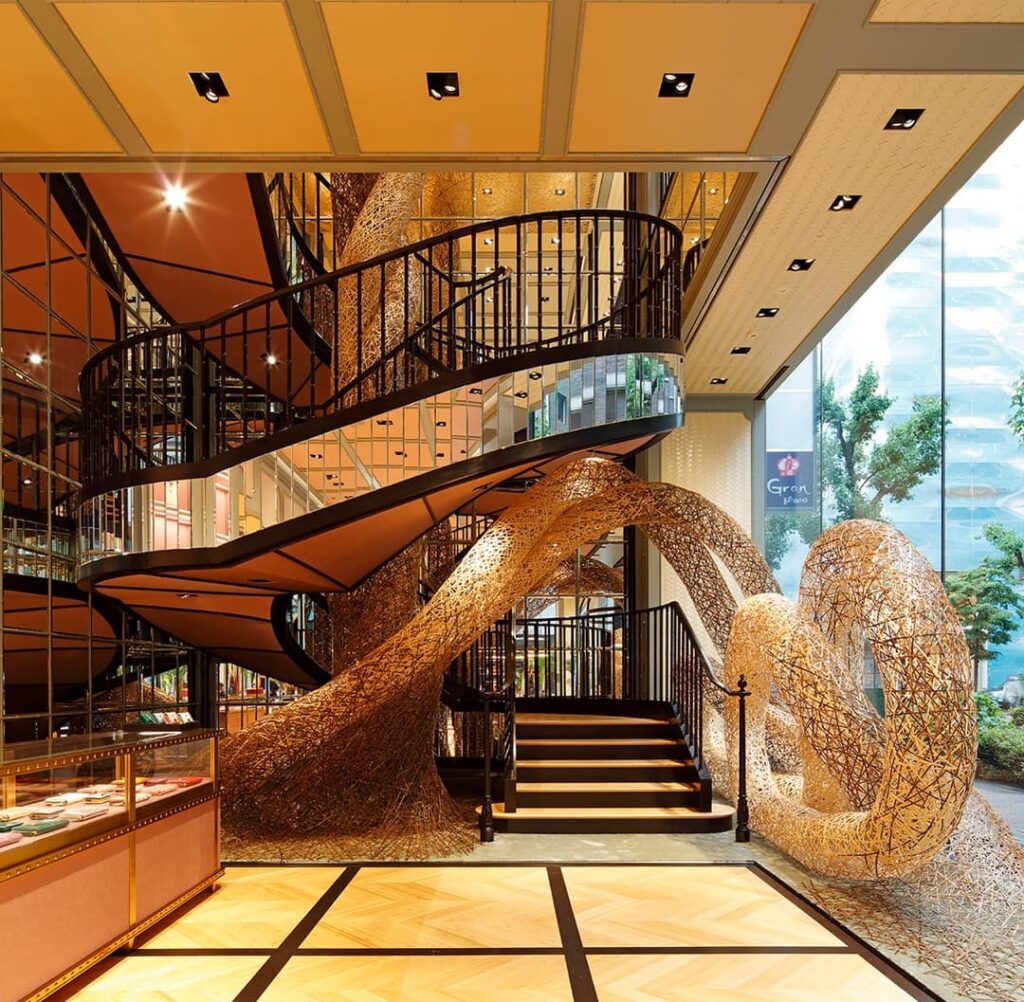
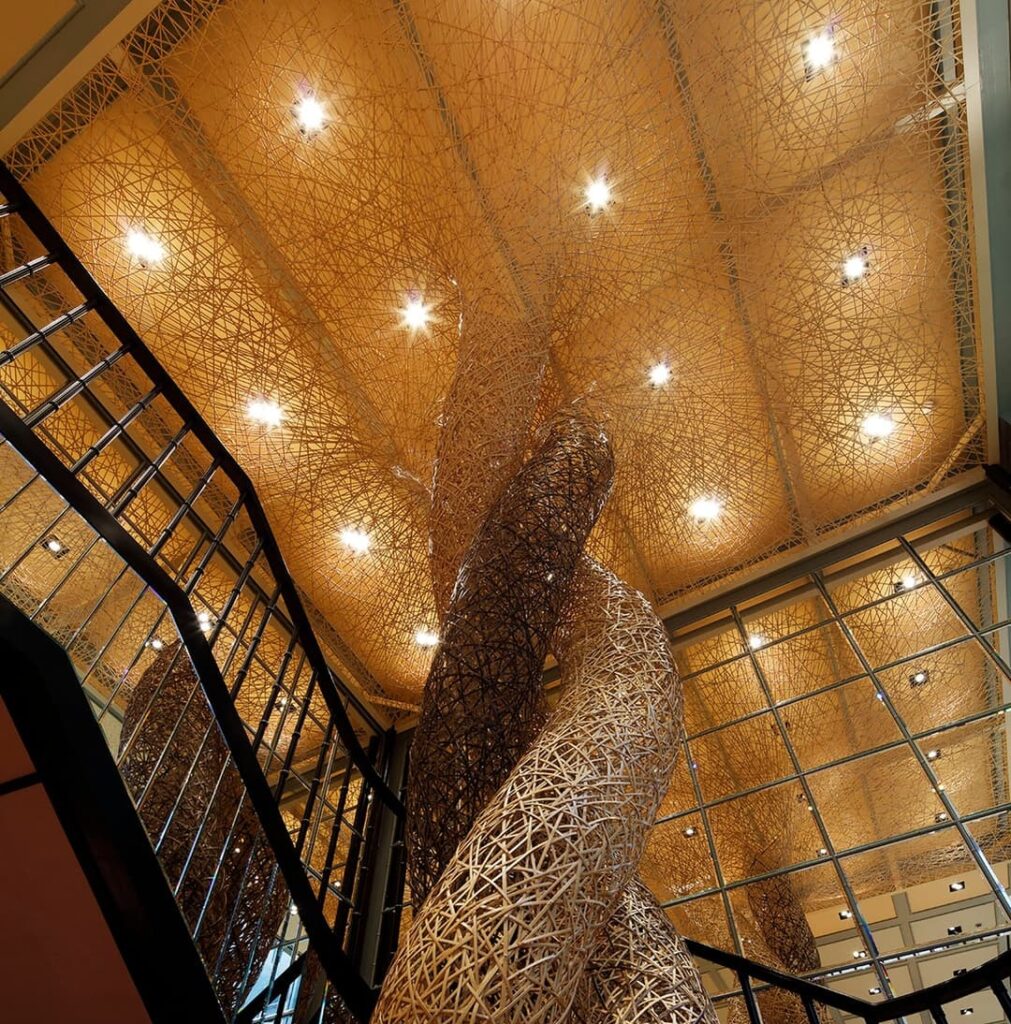
Gucci, meanwhile, celebrated the first anniversary of its Ginza flagship “Gucci Namiki” with a bamboo installation created by Chikunsai Tanabe IV, a contemporary bamboo artist. Using white bamboo to signify the future and black bamboo to express history, the installation was woven around a symbolic spiral staircase, expressing the harmony of tradition, fashion, and nature.

Loewe has also consistently supported Japanese craft. During the 2021 international photo festival KYOTOGRAPHIE, the brand helped bring a large-scale bamboo installation to life at Nijo Castle in Kyoto. The work, titled STAND, reflected resilience in the face of pandemics and natural disasters. After the exhibition, 90% of the bamboo material was repurposed elsewhere, reinforcing a philosophy of circular creation. The piece was later showcased in Loewe’s Barcelona flagship, highlighting bamboo’s global artistic relevance.
Bamboo as Art: International Acclaim
Beyond fashion, bamboo is also gaining recognition as a sculptural medium in global art spaces. In 2017, the Metropolitan Museum of Art in New York held a landmark exhibition titled Japanese Bamboo Art: The Abbey Collection, showcasing over 200 works collected by American couple Diane and Arthur Abbey, two of the most prominent international collectors of Japanese bamboo art.

Even earlier, in 2010, the museum’s rooftop was transformed by the immersive bamboo maze Big Bambú, a walkable installation by artists Doug and Mike Starn. Bamboo’s ability to be structural and poetic made it a material of choice for experiential art.

The Future Woven by Hands
Japan’s Beppu City in Oita Prefecture remains one of the country’s key bamboo production and craft centers. With generations of artisans and nationally recognized master craftsmen, Beppu embodies the living tradition of bamboo. Yet, challenges persist: an aging population of craftspeople, waning demand, and the need to pass on skills.

Still, contemporary creators continue to explore bamboo’s possibilities through collaborations with architecture, design, and even emerging media like NFTs. With its quiet beauty and remarkable strength, bamboo remains not only a symbol of the past but a material for the future.
The Quiet Power of Bamboo
Once seen as a humble part of daily life, bamboo is now being reexamined through global eyes—not only for its form and function, but for its philosophy. It doesn’t compete for attention, yet supports everything it touches. It grows silently, but quickly. It bends, but rarely breaks.
Whether in the form of a handcrafted whisk or an architectural spiral, bamboo invites us to reflect on the value of materials that don’t shout—but last. Next time you pass a bamboo fence, cradle a bamboo basket, or see a bamboo sculpture, take a moment to look a little closer. There is strength in its silence.

Editor and writer from Japan. Not the best at English, but I share real stories with heart and honesty — aiming to connect cultures and ideas that matter.



